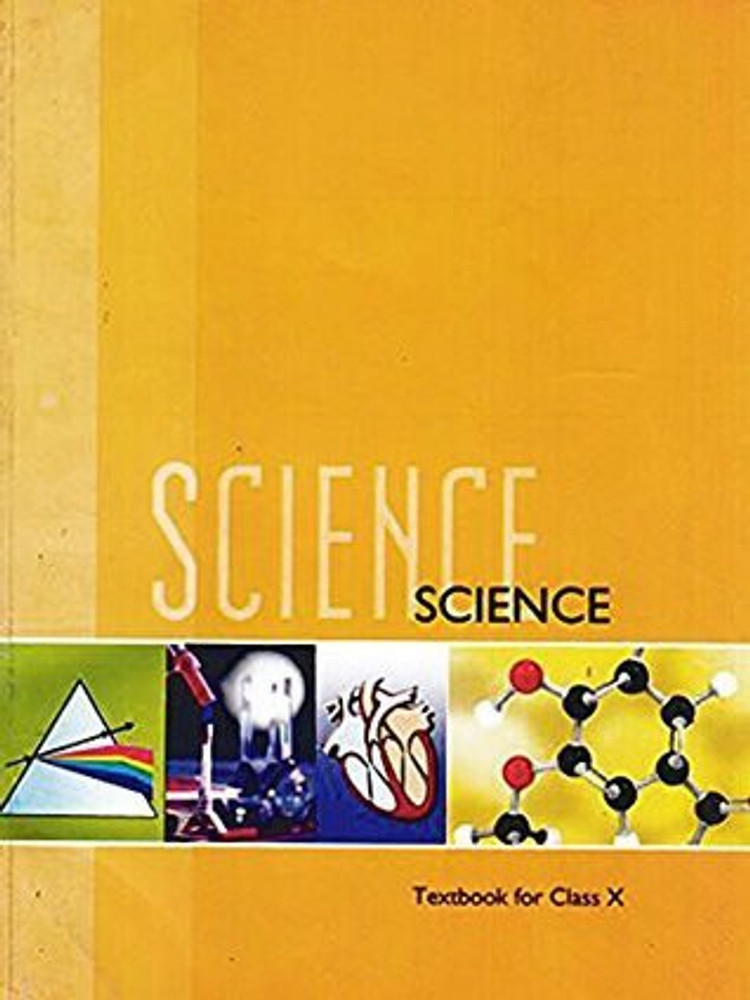ESA Uses Solar Orbiter to Turn Solar Flares into Sound, Offering New Insights
The European Space Agency (ESA), in collaboration with NASA, has used data from the Solar Orbiter mission to convert solar flares into audible sound. By mapping solar flare data into blue circles and pairing them with tones, a new way to experience solar activity has been created. This process is linked to the sun’s 11-year solar cycle, with current activity reflecting the ongoing solar maximum. The project provides fresh insights into space weather and solar phenomena, aiding both scientists and enthusiasts alike

Solar activity over the past three years has been transformed into audible sound through data collected by the Solar Orbiter, a joint mission by the European Space Agency (ESA) and NASA. This innovative sonification captures the progression of solar flares, highlighting changes in solar activity as the Sun approaches its 11-year cycle peak. Visual and auditory cues were used to represent solar flares, allowing researchers and the public to experience these events in a novel way.
Visual and Auditory Interpretation of Solar Data
According to data from ESA's Solar Orbiter mission, images from the Spectrometer/Telescope for Imaging X-rays (STIX) and the Extreme Ultraviolet Imager (EUI) were combined to create this unique representation. Blue circles were mapped to show the location and size of X-rays emitted by solar flares, while the Sun's outer atmosphere was depicted in yellow. Each blue circle was paired with an audible tone, increasing in frequency as solar activity intensified.
Correlations with the Solar Cycle
As reported by space.com, the frequency of solar flares has increased, aligning with the Sun's approach toward solar maximum, the most active phase of its cycle. The U.S. National Oceanic and Atmospheric Administration (NOAA) and NASA have confirmed that the solar maximum is currently underway, marking an ideal period for observing phenomena such as the northern lights.
Orbital Proximity Reflected in Sound
Klaus Nielsen, affiliated with DTU Space and Maple Pools, developed the sonification. It was noted that the background hum within the audio reflected the elliptical orbit of Solar Orbiter. Every six months, the spacecraft's proximity to the Sun changes, with the sound intensifying as it moves closer and softening as it moves farther away.
This collaboration provides insights into the Sun's behaviour, offering an engaging way to study space weather and solar activity. The project highlights the potential of integrating auditory elements into scientific data for enhanced understanding.












)

























































